Napoleon is reported to have once said: “…to know a nation’s geography was to know its foreign policy.” The study of the effects of Earth’s geography, both human and physical on politics and international relations, has become a popular lens through which many thinkers, politicians and national security advisors make sense of the world. Geopolitics usually refers to nations and the relations between them. Geopolitics is a method of studying foreign policy in order to understand, explain and predict the behaviour of nations.
The first to utilise geopolitics was the 400 BC historian Thucydides who documented the Peloponnesian war between Sparta and Athens. He drew a distinction between coastal cities like Athens and landlocked cities like Sparta and the way in which they interacted with each other. Similarly the age of exploration allowed the Europeans to make contact with the Americas and circumvent the Muslim dominated trade routes that linked the Mediterranean, Persia and India.
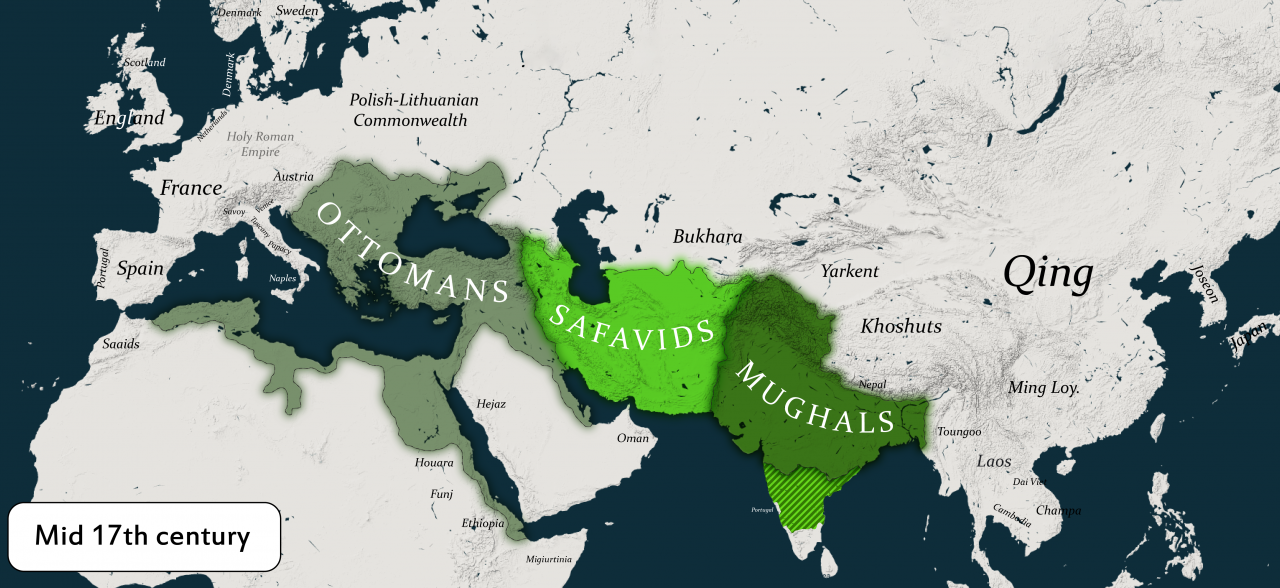
All these developments needed some model to make sense of what was taking place and as a result two models have dominated geopolitics since the early twentieth century: The Heartland theory and the Rimland theory. These geopolitical models still play a major role in the thinking of US policy planners.
The Heartland in Eurasia
In 1904, the English academic and politician Halford Mackinder developed a model where control of Eurasia meant control of the world. As he put it: “Who rules East Europe [Russian Europe] commands the Heartland. Who rules the Heartland commands the World-Island [Eurasia]. Who rules the World-Island commands the world.”[1] This area is landlocked within the Eurasian continent, and according to Mackinder, whoever dominates this region will forever dominate the world since the majority of the world’s resources lay within this area.
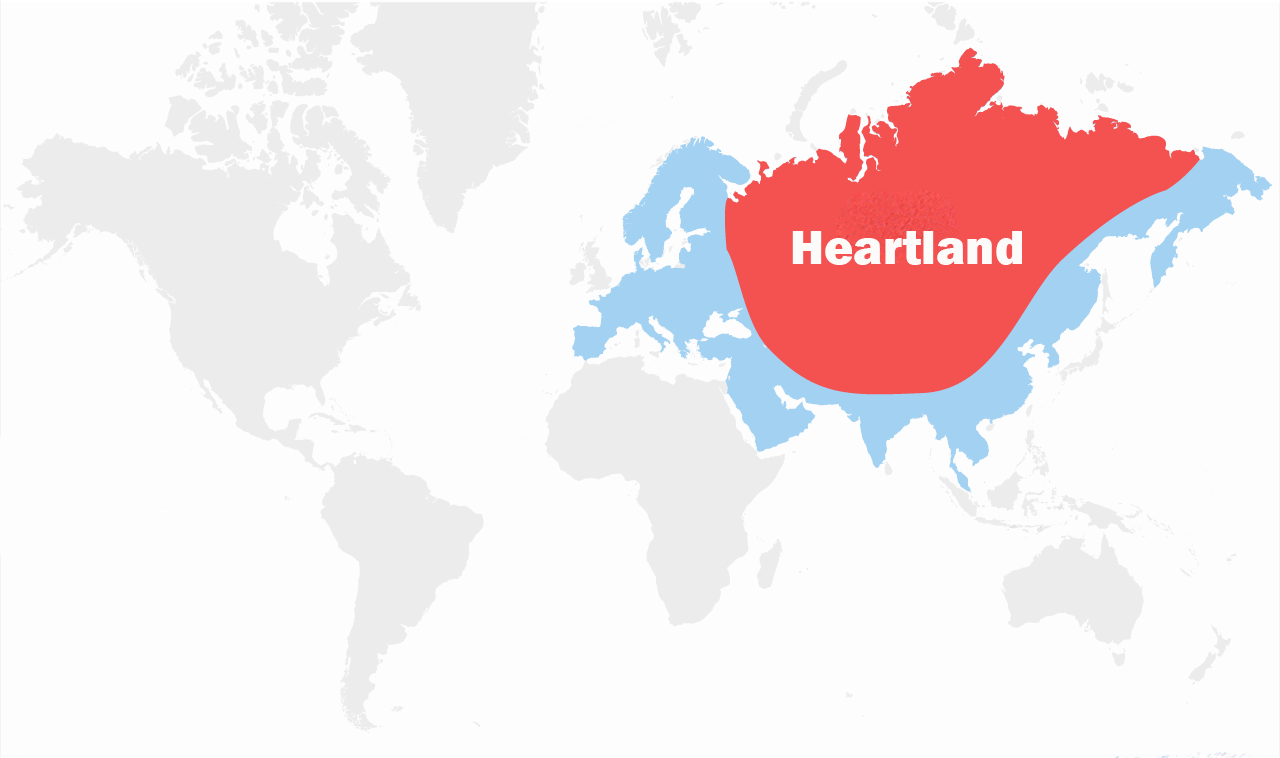
The natural resources of Central Asia were considered so vast in quantity that it would serve as the geostrategic apparatus for whichever nation controlled it.[2] The Central Asian region actually possesses more resources than any other region combined, Gold, silver, meat, tobacco, oil, gas, fruit, and various metals etc.[3] The entry point to the Heartland is within Eastern Europe, which is why Hitler invaded Russia through Poland during the Second World War.
The Rimland Around Eurasia
During World War II, Nicholas Spykman, an American geographer, created a model that countered Mackinder’s. His theory’s primary attention was based upon the rimland of the Eurasian continent i.e. where the land meets the sea stretching around the periphery of Eurasia rather than the Heartland. This included the European coast, the Arabian Middle Eastern desert and the Asiatic Monsoon lands. This geopolitical theory focused on sea power to control the destinies of the world. “who controls the Rimland rules Eurasia, who rules Eurasia control the destinies of the world.”[4]
Spykman’s elucidation helped shape the strategic thinking behind the later US Cold War policy of containment, and the need for US intervention around the Eurasian periphery. The Korean and Vietnam wars were both fought in the rimland, as were the US relationships with Pakistan, Iran and Europe. Spykman kept Mackinder’s core heartland model intact but included the United States, which projected power over the Atlantic and Pacific, but de-emphasised the importance of the Heartland. This is why current US overseas basing are all legacies of the internationalist concepts laid down by the likes of Spykman.
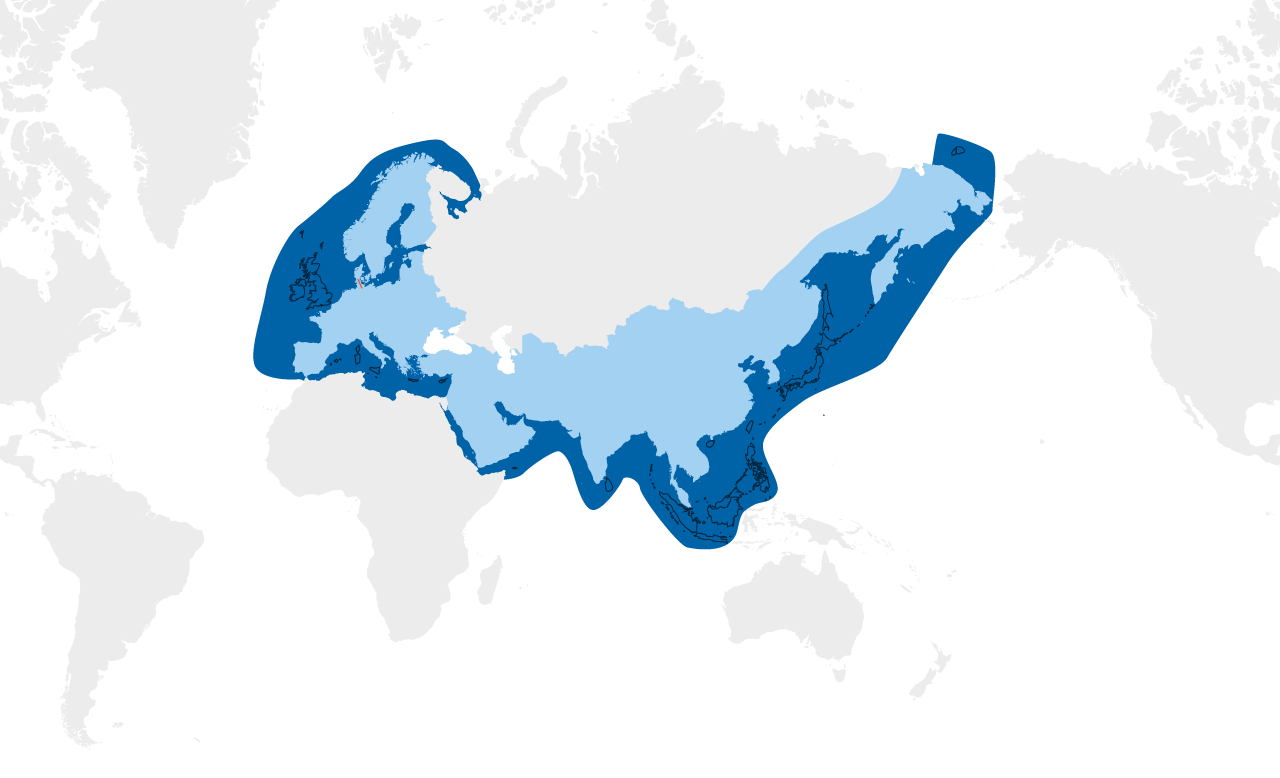
With the collapse of the Soviet Union in 1991, the US strategy of containment (i.e. controlling the Rimland) no longer absorbed US interests, which to some degree made both models obsolete. But both models had limited application with the political dynamics. The control of the Rimland is insufficient to dominate the world since naval power, in most cases, has not been able to win battles on its own. Land power has always been the primary factor in deciding the outcome of wars, especially between great powers. Land power therefore, becomes an essential factor when it comes to controlling the Heartland and the Eurasian landmass. But land power is only going to dominate the surface of the Eurasian continent, it would not be able to protect the lower rim of the Eurasian island – Rimland.
Dominating the Rimland with a superior navy is still not going to provide full spectrum domination of the Eurasian landmass. What the Rimland does not take into account is that the lower rim countries will only be contained from the sea but not inland. This is because the sea possesses a tremendous defensive ability, which can hamper any naval power from projecting power into a rival’s land, therefore the possession of land power supremacy is a necessary prerequisite. Although land power triumphs over naval power, in the long run the control over sea routes is also a necessity for a great power. This is why both models of geopolitics were limited in achieving domination of Eurasia.
The Battle for Territory
The Napoleonic Wars, the Crimean War, the First and the Second World Wars and the Cold War, as well as the Vietnam war were all decided through land power superiority and not through the air or naval supremacy. Air and maritime power did help and accelerate the victory as they played auxiliary roles. But air and the naval power without the presence of land power, have rarely been able to attain victory on their own. This is why the German unification of 1871 expanded at such a rapid rate throughout Europe by winning wars since it was a continental power with rapid land power capabilities.
When Britain defeated Napoleon in the naval battle of Trafalgar in 1805, France still went on to win many other battles in 1806 and 1807 until it faced Russia in 1812, where it was annihilated. This because the 1812 defeat was on land and not at sea. It was not the defeat at the naval battle of Trafalgar that ended the French empire, rather it was the defeat that took place on land in European Russia, where the destruction of the Bonaparte Empire was determined. Russia’s large geography swallowed Napoleon’s army.
Global Power
America is the first unipolar power to emerge in history without a rival to challenge its position. This phenomenon is unprecedented. The US secured its regional hegemony since the time of the Monroe Doctrine, which denied European powers any claim to the territories in the Americas. Having secured its immediate region, America went on to become the first non-Eurasian power to emerge, which tirelessly works to prevent any other power from emerging as a regional hegemon within Eurasia. At the heart of this is US naval power, which is also unparalleled, as it controls all the main global sea lanes and uses different strategies based upon its political, economic and military power to deplete a country’s capability from building navies of their own and challenge US supremacy. The US has also established a post war international system where many countries rely on its provision of goods and services, where the open trading system is supported through its preponderant navy, under which globalization grows relentlessly.
The New Eurasia Challenge
The US now faces a new type of Eurasian competitor in China, one that is both continental and maritime. China’s BRI is attempting to link the resources, supply lines and productive capacity of Mackinder’s World Island – Asia, Europe and Africa, with China at the centre. China is also reaching out beyond Eurasia, across the Arctic, Pacific and Atlantic, to tap into the Americas. Should China prove successful, it would represent Spykman’s encircling power, one that could exert influence and force across the Atlantic and Pacific frontiers, and perhaps even along the opening Arctic front. The question facing the US regime over the next decades is not just what to do about China, but how to do it.
The geopolitical models previously mentioned have been useful, though not critical. That said, Geopolitics for imperial powers has been a vital tool, especially the Liberal West since geopolitics is an inherent part of Western culture. Ideas and values have the ability to transcend geographical barriers but military and economic warfare throughout history were how geography was overcome and redefined. Samuel P. Huntington outlined: “The West won the world not by the superiority of its ideas or values or religion … but rather by its superiority in applying organized violence. Westerners often forget this fact; non-Westerners never do.”
[1] Mackinder, H. J, “The Geographical Pivot of History” in Democratic Ideals and Reality. Norton and Company. New York, U.S.A, 1962
[2] Ibid
[3] Lutz C. Kleveman (2003). The New Great Game: Blood and Oil in Central Asia. Atlantic Monthly Press. New York. 3.
[4] Colin S. Gray (2015) Nicholas John Spykman, the Balance of Power, and International Order, Journal of Strategic Studies, 38:6, 873-897


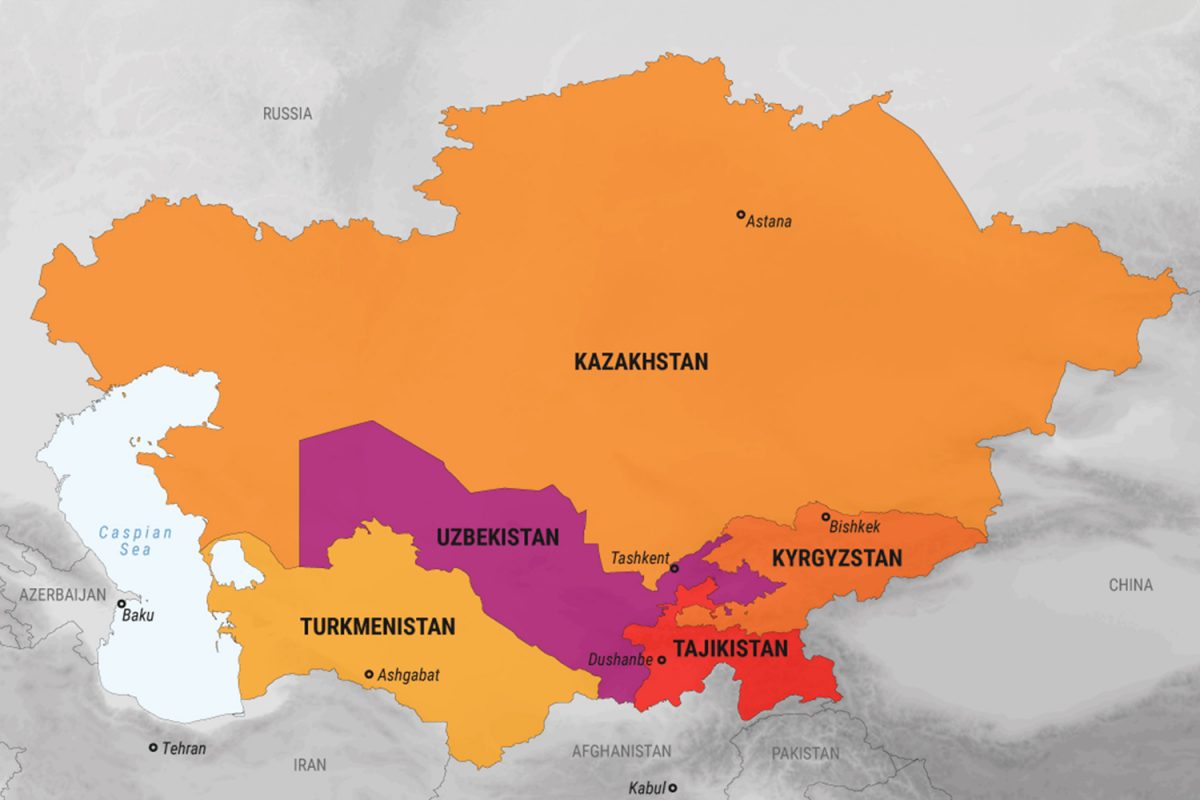
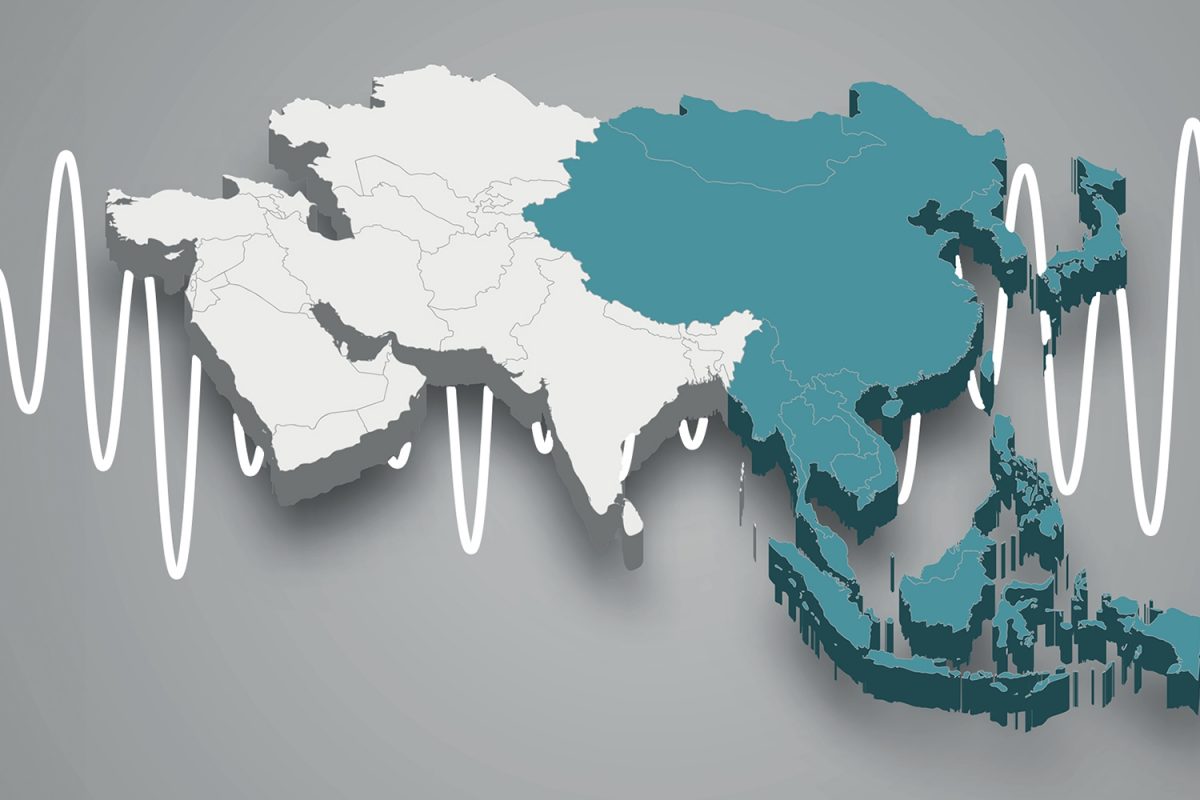

2 comments
Umar Ahmad
12th September 2020 at 11:18 am
Great article… This is a massive gateway to understanding geopolitics, should be a leaflet for students.
About the center of gravity for power, it seems both theories of heartland and inland are applicable to certain circumstances, depending on developing events. As noted in the second theory by Mackinder, it was orchestrated in a way that serves US interests based on its location. Hitler utilized the first and it serves him well. This indicates that both theories can be right, depending on where you are standing
Aijaz Rasool
14th September 2020 at 11:52 am
An impressive piece of work.
It must be followed by introductive analysis of other contours of geopolitics.